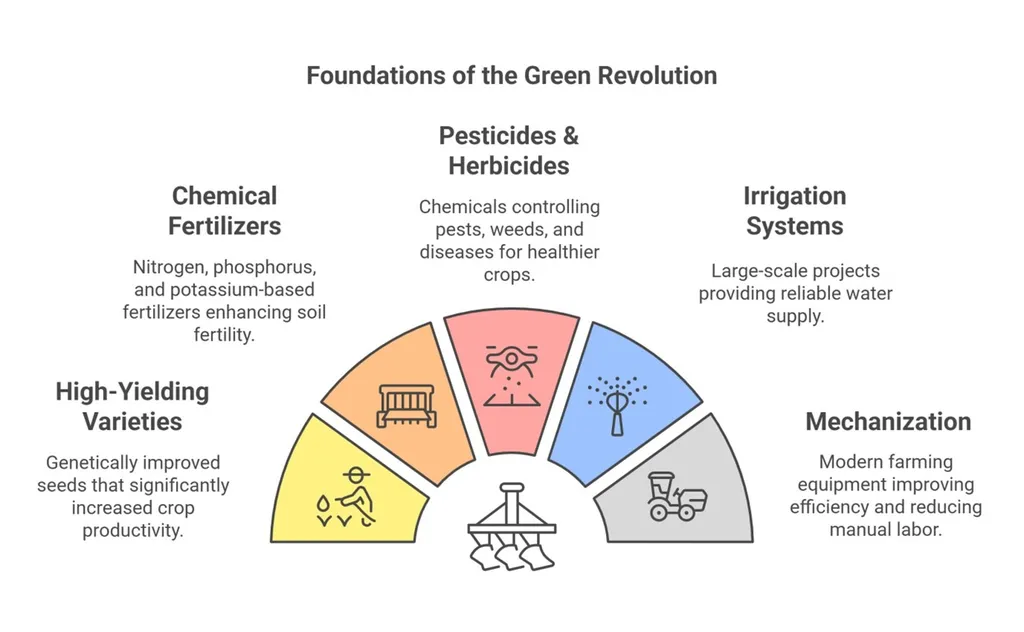In the face of climate change, farmers are increasingly seeking sustainable practices to combat land degradation and boost productivity. A recent study published in the *International Journal of Agronomy* offers promising insights into traditional agroecological practices that could revolutionize agriculture, particularly in vulnerable regions.
The research, led by Aboubacar Coulibaly of the Department of Life and Earth Sciences, focused on two practices: zaï and stone-rows (SR). Zaï involves creating small pits to collect water and organic matter, while stone-rows entail arranging stones to create microclimates that improve soil conditions. The study was conducted in the village of Tanghin, in the northern Sudanian zone, where climate change poses significant threats to food security.
The findings are striking. Plots managed with a combination of stone-rows and zaï (SR + Z) saw sorghum yields increase by nearly 300% compared to traditional farming practices. Even plots using zaï or stone-rows alone saw yields double. “The combined effect of these practices was significantly greater than using either one alone,” Coulibaly noted, highlighting the potential for these methods to mitigate the impacts of climate change on soil degradation and food production.
The study also revealed improvements in soil fertility. Managed plots exhibited a slightly acidic to neutral pH (6.5–6.8), along with increases in organic carbon, cation exchange capacity (CEC), and the sum of exchangeable bases. These improvements suggest that these agroecological practices can enhance soil health, making it more resilient to the stresses of climate change.
The commercial implications for the agriculture sector are substantial. As climate change continues to threaten arable land, farmers and agribusinesses are increasingly looking for sustainable solutions that can maintain or even increase yields. The adoption of zaï and stone-rows could provide a cost-effective and environmentally friendly strategy for improving soil fertility and crop productivity.
Moreover, these practices align with the growing global demand for sustainable and regenerative agriculture. Consumers and investors are increasingly prioritizing environmental stewardship, and farms that adopt these methods could gain a competitive edge in the market.
The study’s findings also open up new avenues for research and development in the field of agroecology. Future studies could explore the scalability of these practices, their applicability in different climatic zones, and their integration with other sustainable farming techniques. Additionally, policymakers could consider incentivizing the adoption of these practices through subsidies, education, and extension services.
In conclusion, this research offers a beacon of hope for farmers grappling with the challenges of climate change. By embracing traditional agroecological practices like zaï and stone-rows, the agriculture sector can enhance soil fertility, boost yields, and contribute to global food security. As Coulibaly’s work demonstrates, the key to sustainable agriculture may lie in looking back to traditional methods while moving forward with innovative solutions.

